Cooking Uses:
• Baking: Maida is commonly used in baking cakes, cookies, pastries, bread, and other baked goods. Its fine texture helps produce light and airy baked products.
• Breading: Maida is used as a coating for frying foods such as chicken, fish, and vegetables to achieve a crispy texture.
• Thickening Agent: It is often used as a thickening agent in sauces, gravies, soups, and puddings due to its ability to form a smooth paste when mixed with liquid.
• Pasta and Noodles: Maida is used in making pasta and noodles, providing a tender texture to the dough.
Nutritional Content:
• High in Carbohydrates: Maida is primarily composed of carbohydrates, providing a quick source of energy.
• Low in Fiber: It is low in dietary fiber as the bran and germ, which contain most of the fiber in wheat, are removed during processing.
• Low in Protein: Compared to whole wheat flour, maida is lower in protein, as the protein content decreases during the refining process.
• Vitamins and Minerals: Maida contains small amounts of vitamins and minerals, but it is not as nutrient-dense as whole wheat flour.
Health Considerations:
• High Glycemic Index: Maida has a high glycemic index, meaning it can cause a rapid increase in blood sugar levels after consumption.
• Low Nutritional Value: Due to its refining process, maida lacks the fiber, vitamins, and minerals found in whole wheat flour.
• Digestive Issues: Some individuals may experience digestive discomfort or sensitivity to maida, especially if consumed in large quantities or if they have gluten sensitivity.
• Weight Gain: Consuming foods made with maida regularly in excess may contribute to weight gain due to its high calorie content and lack of satiety.

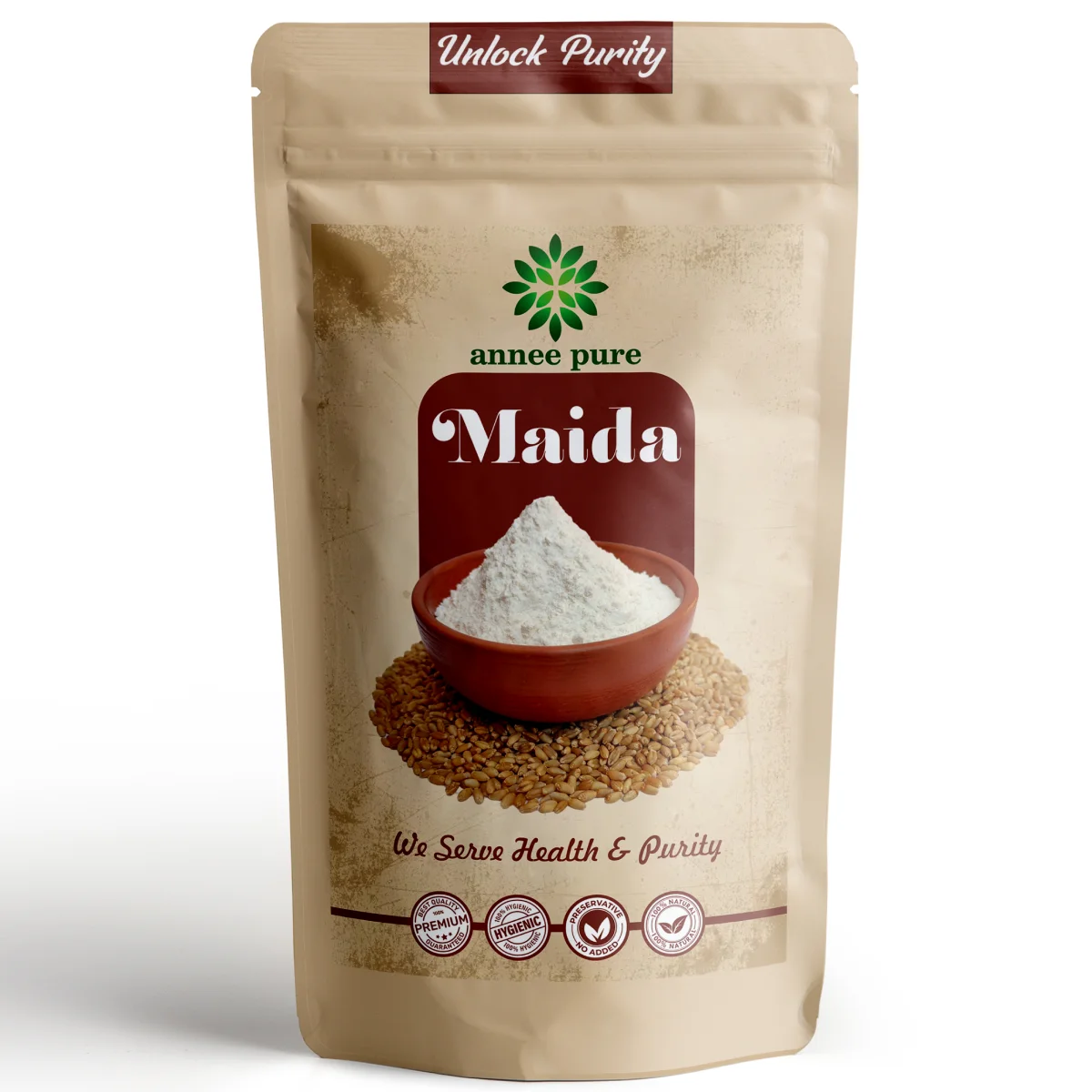
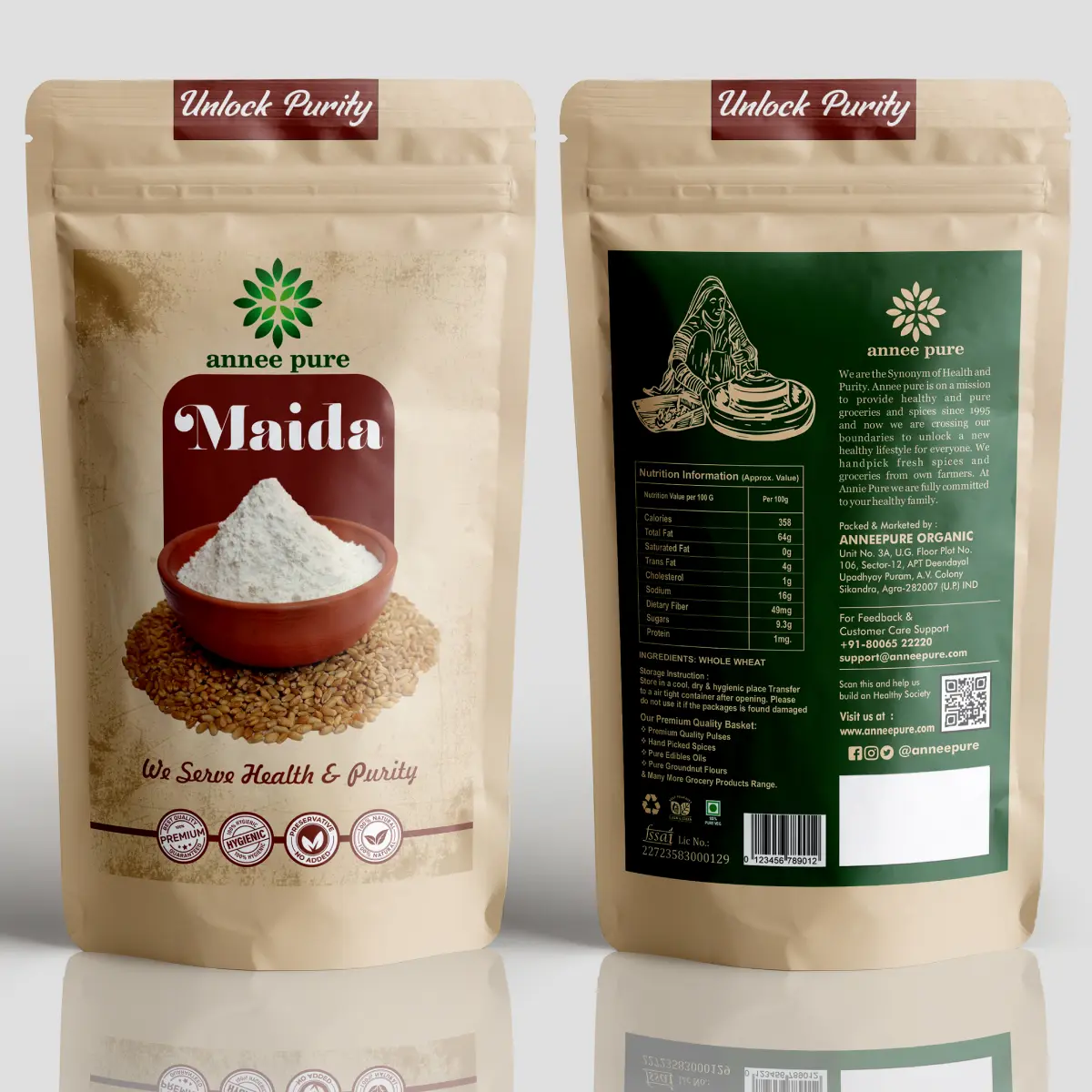




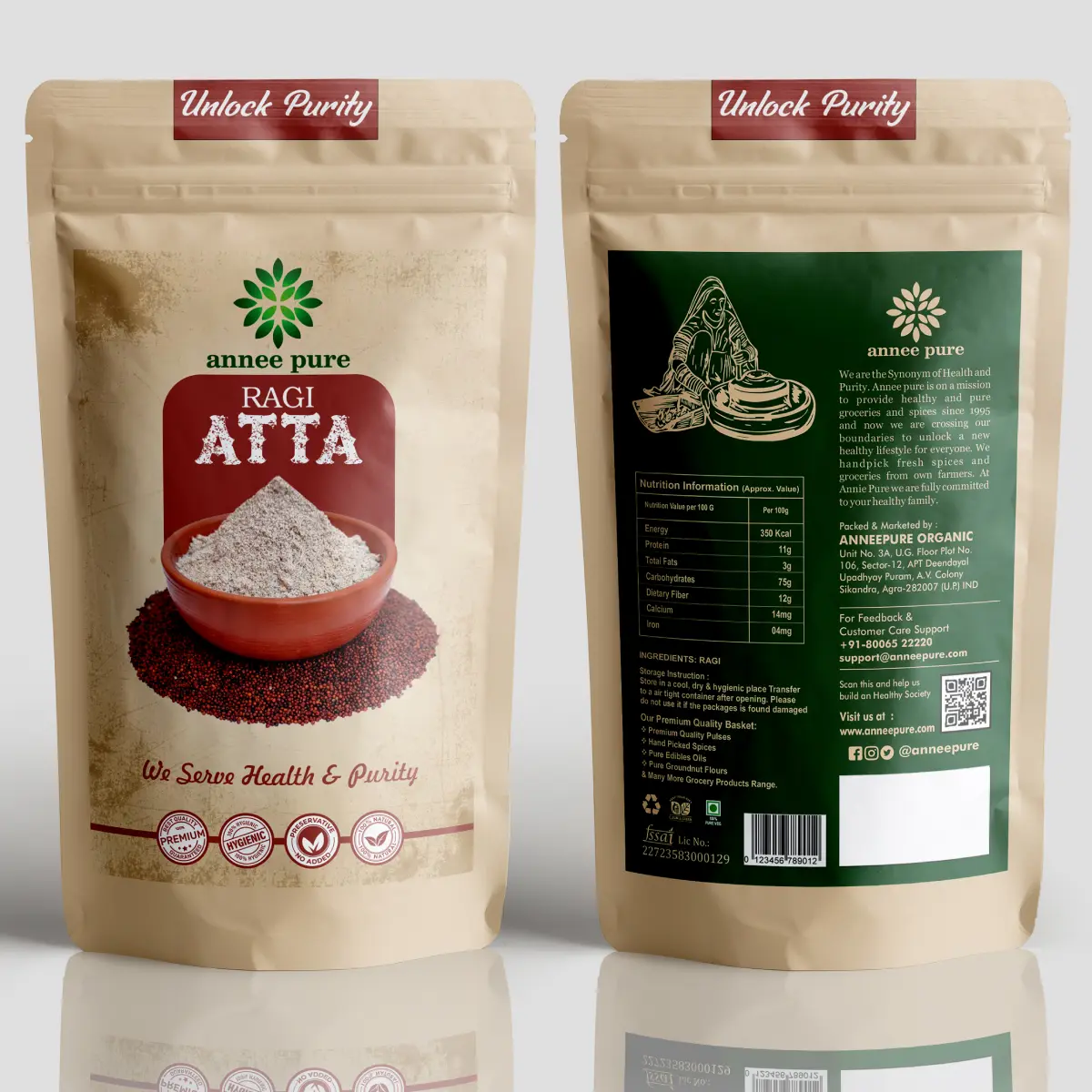

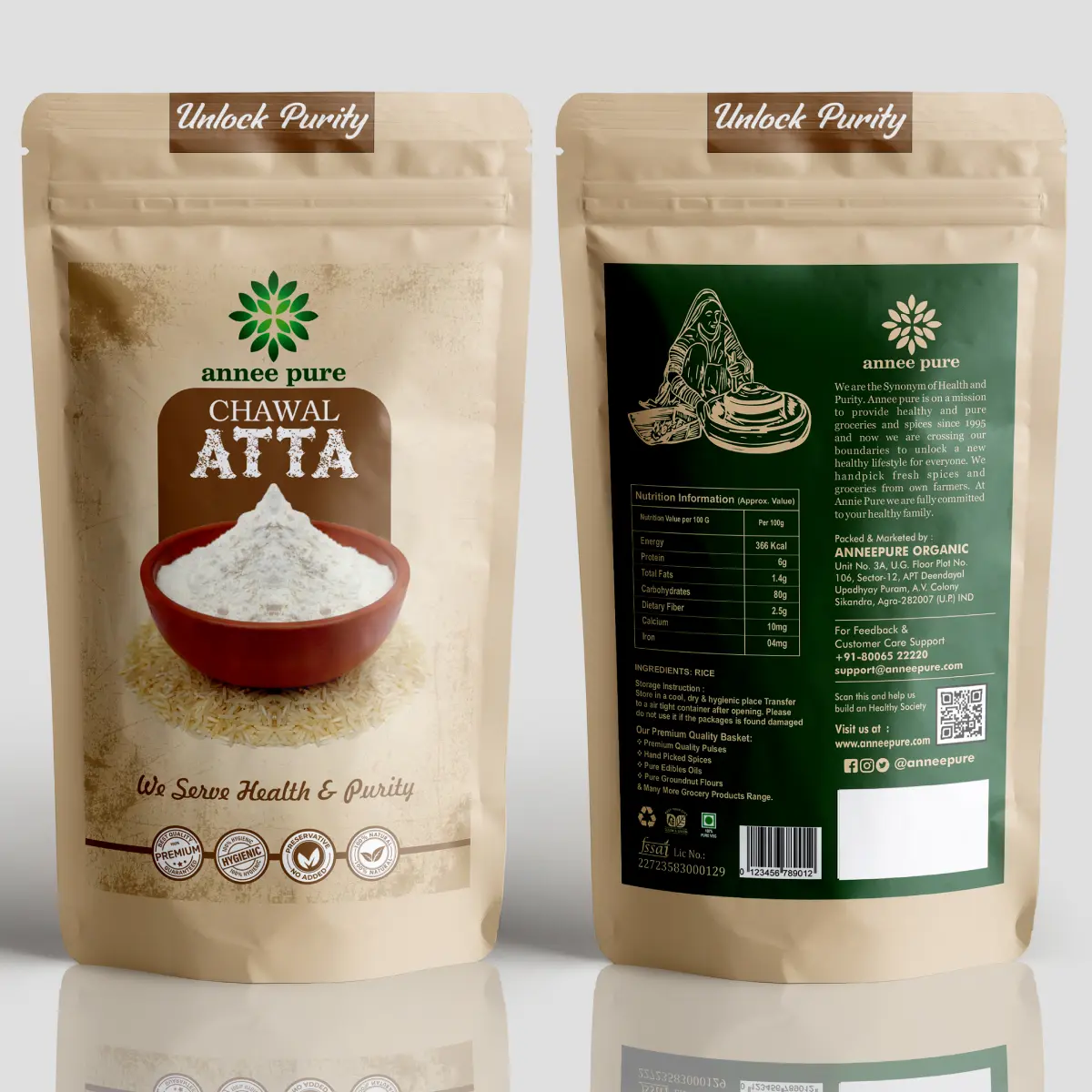



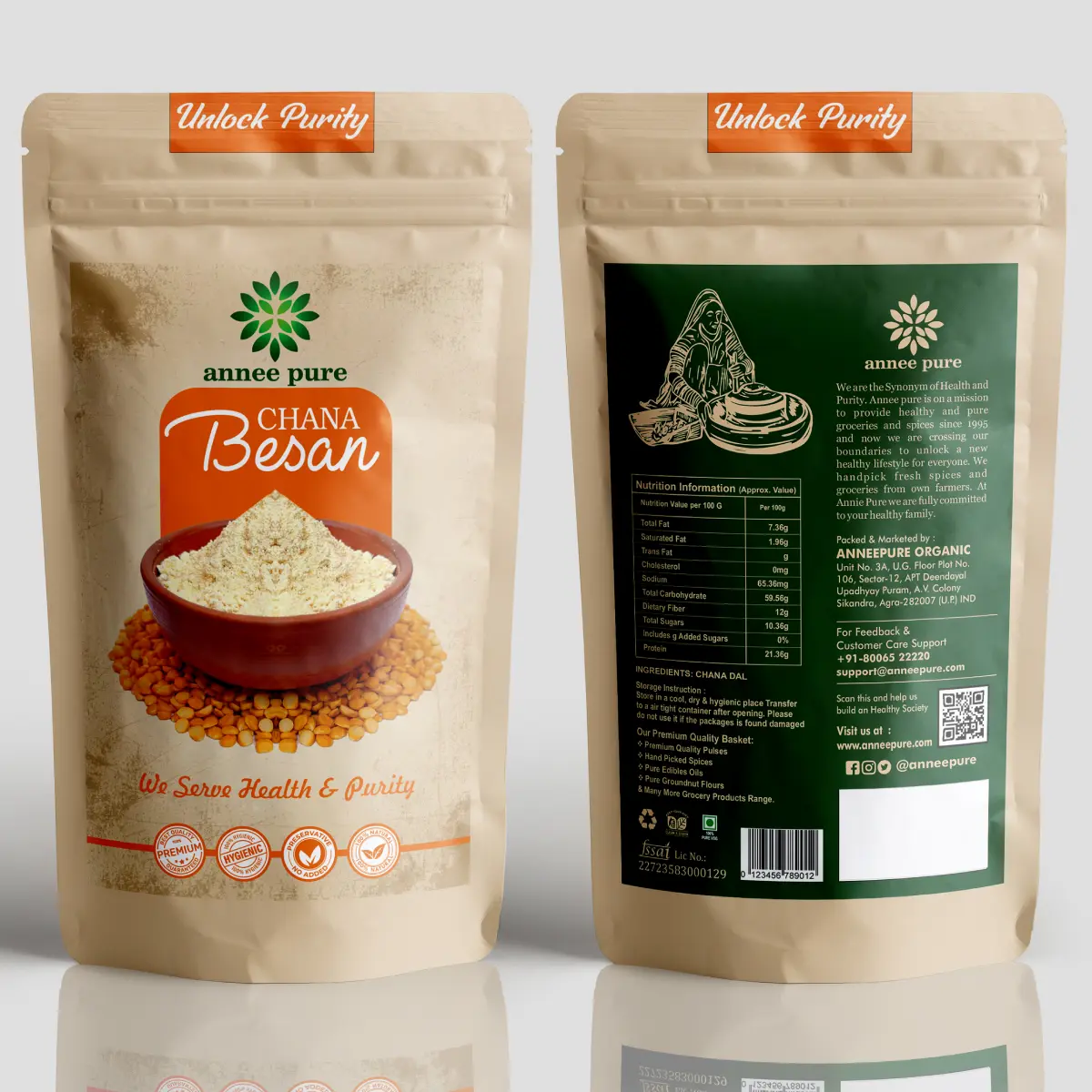
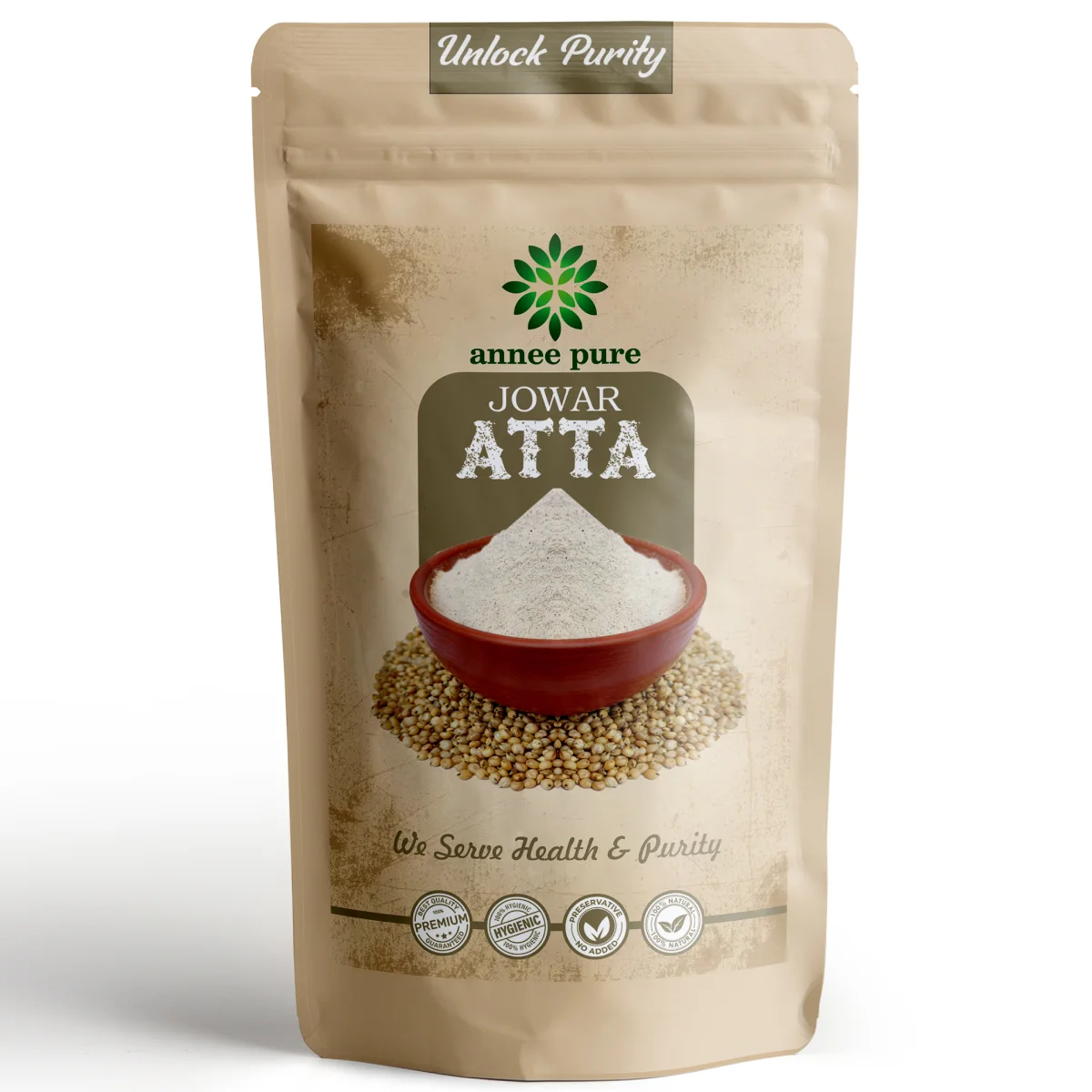

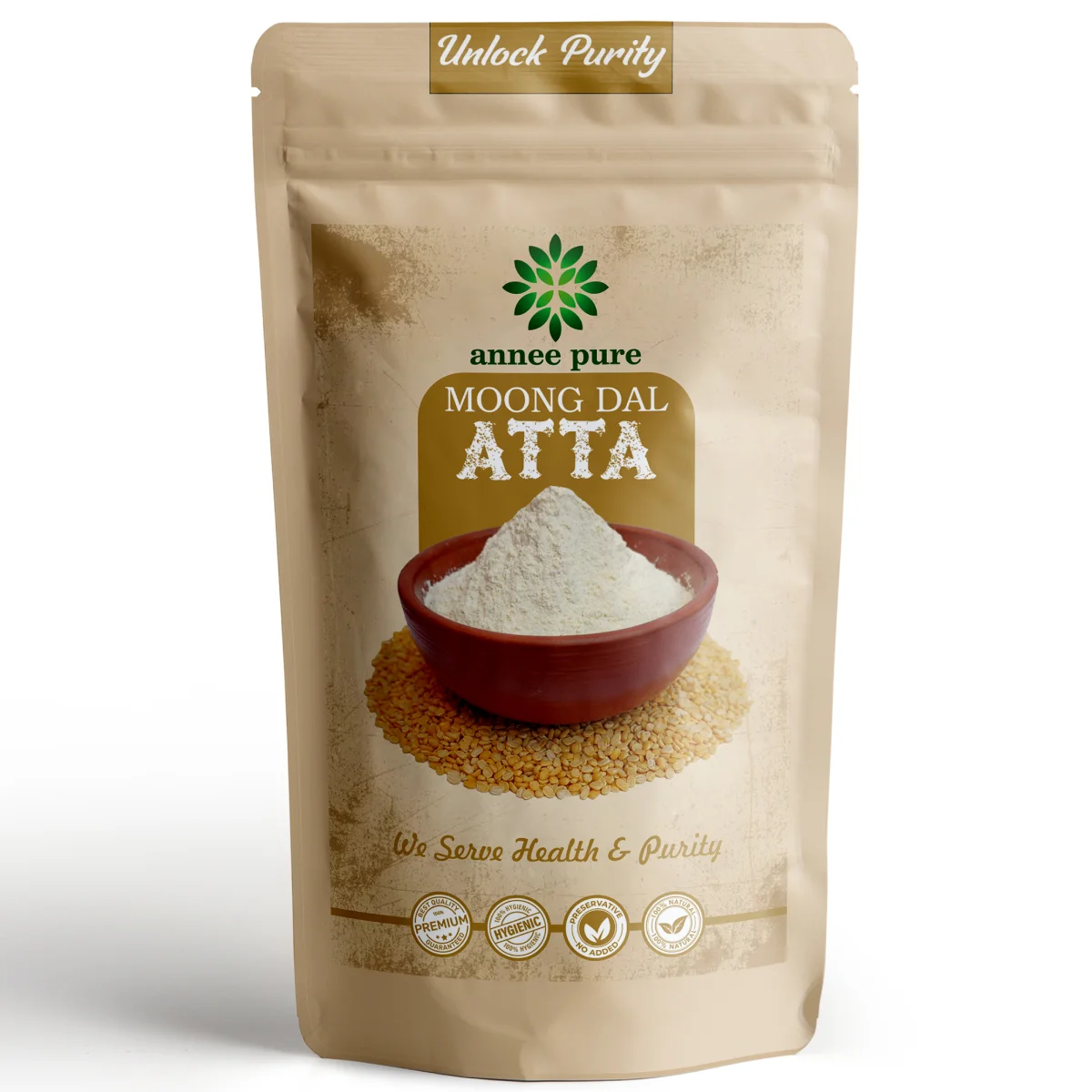


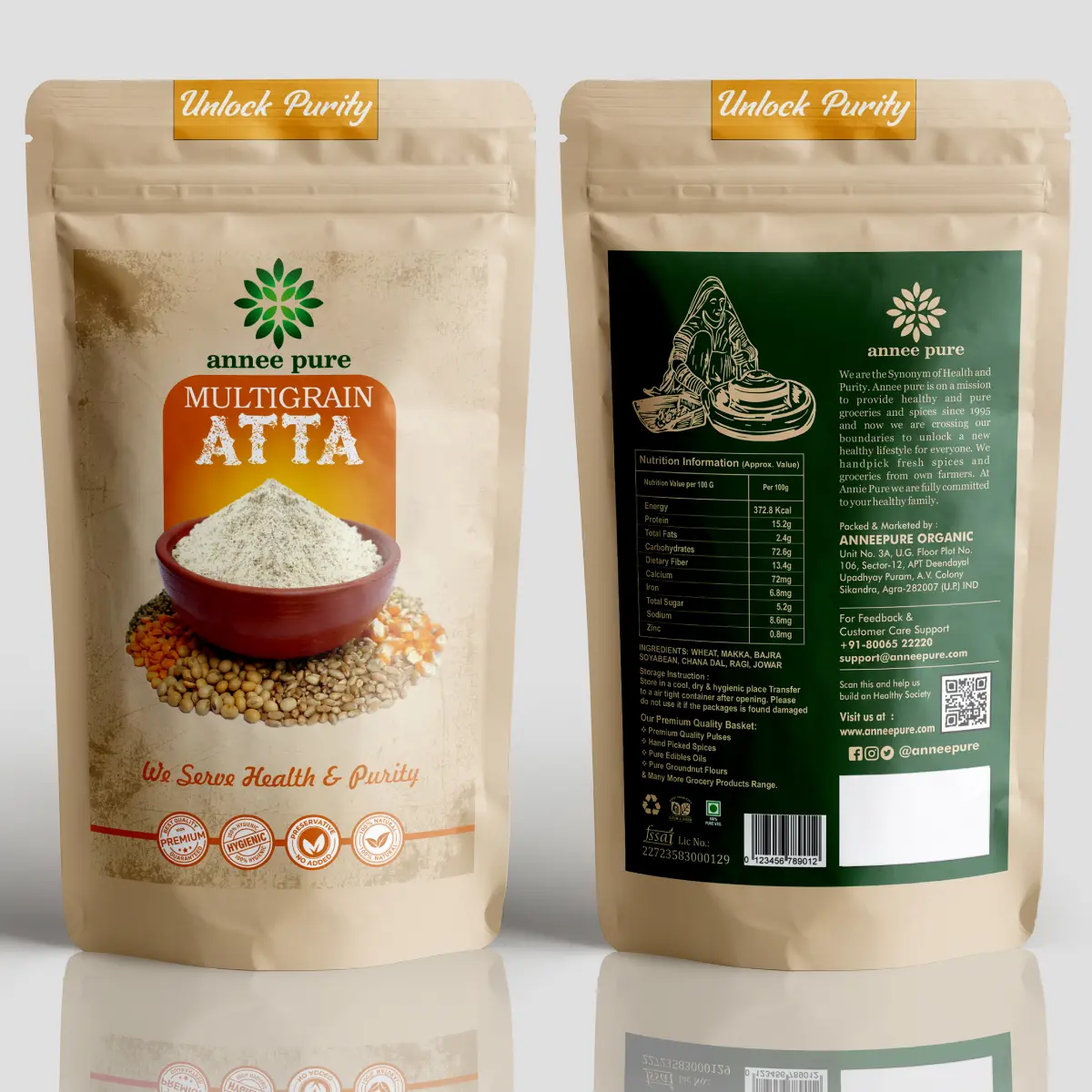
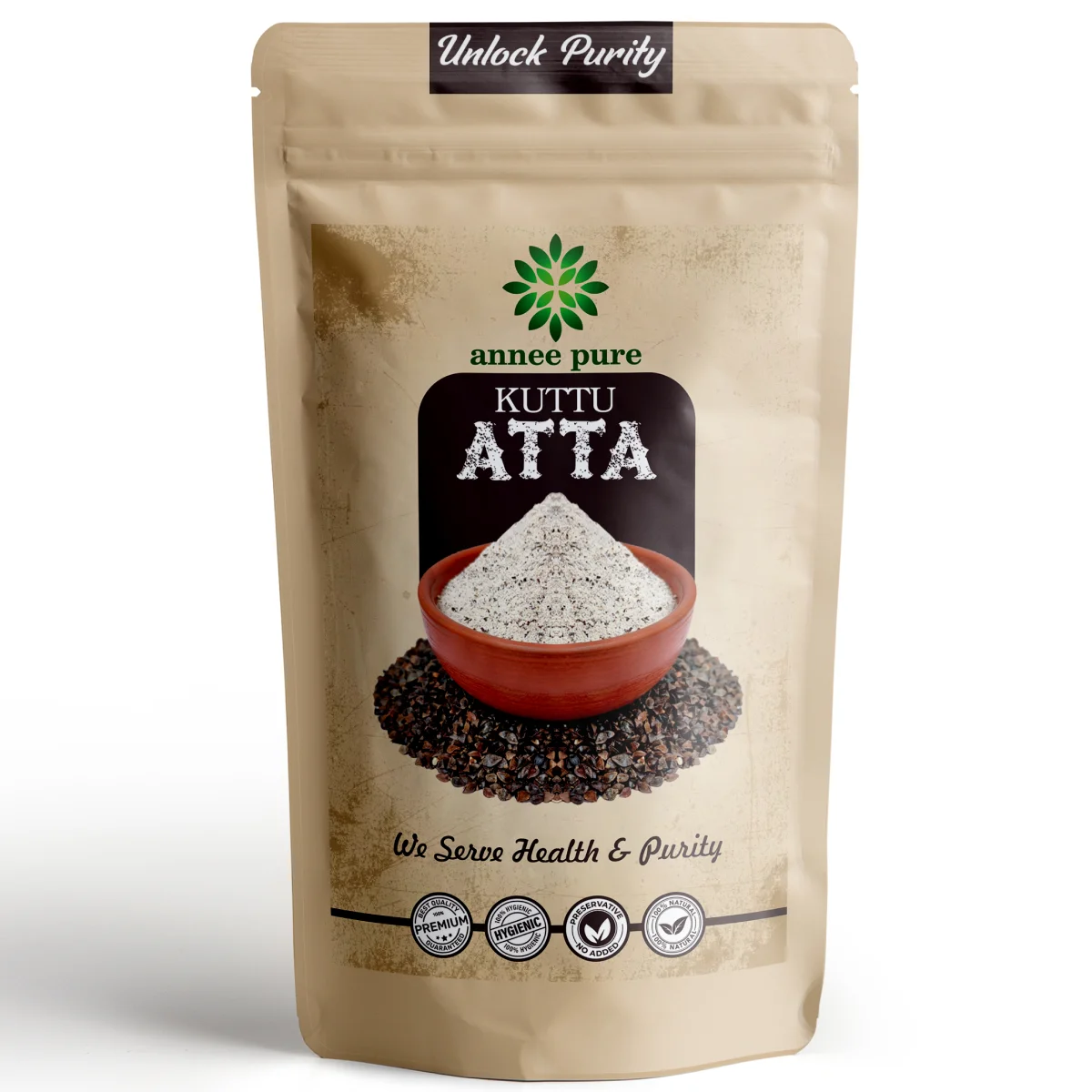
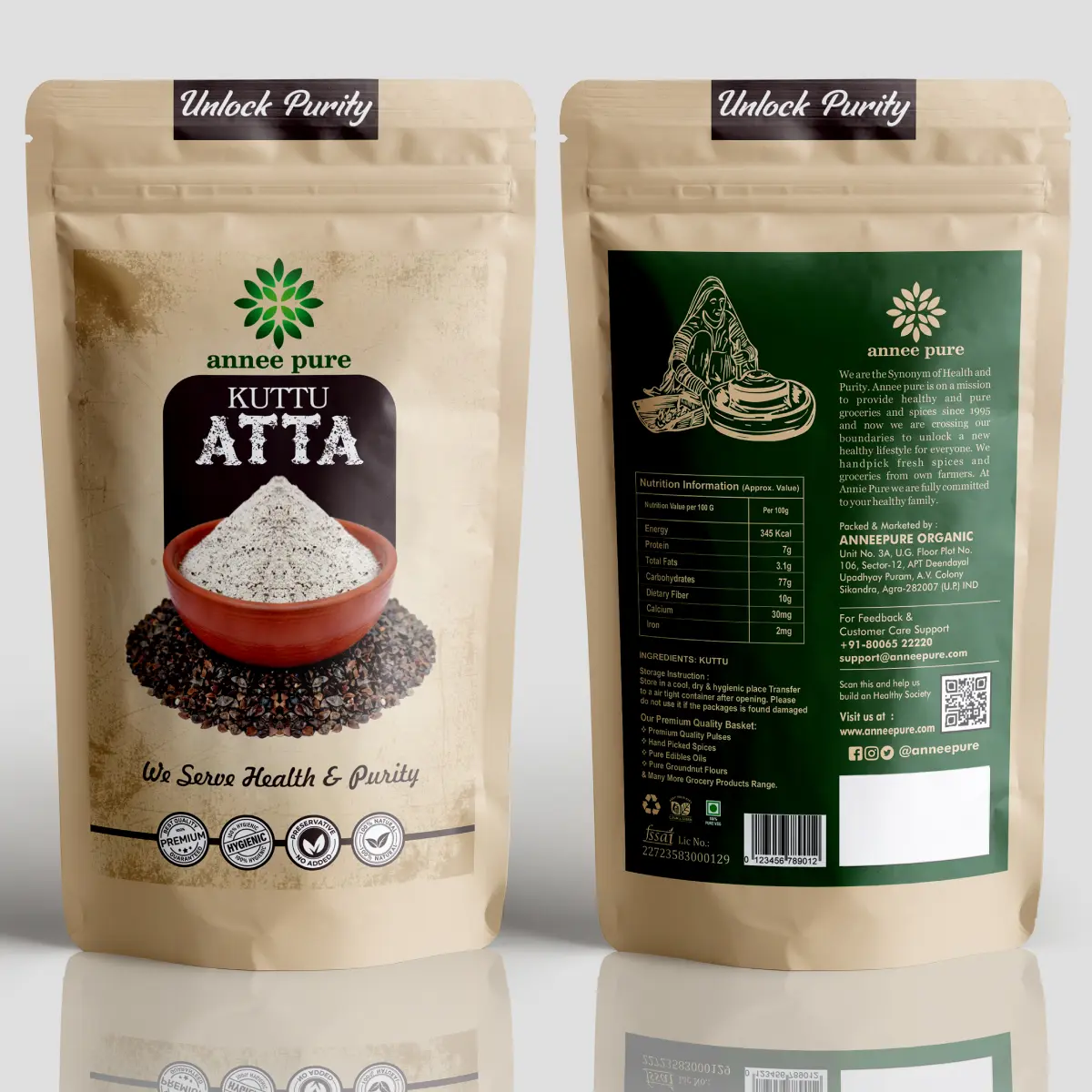

Reviews
There are no reviews yet.